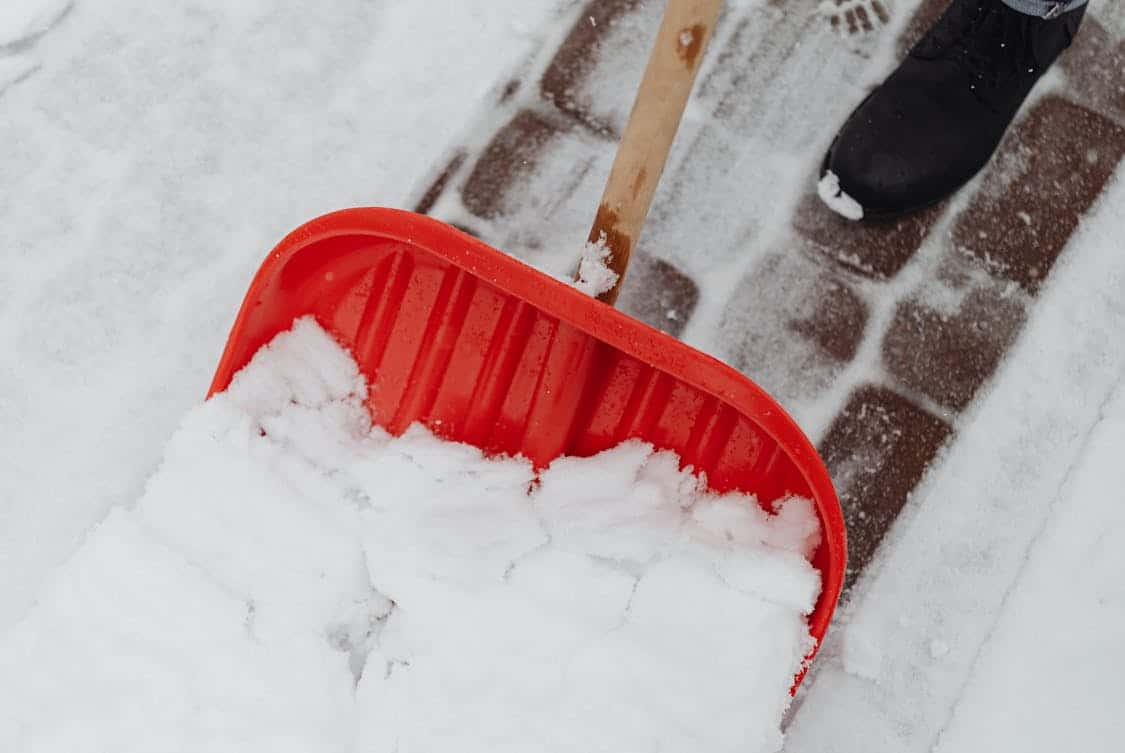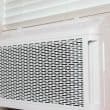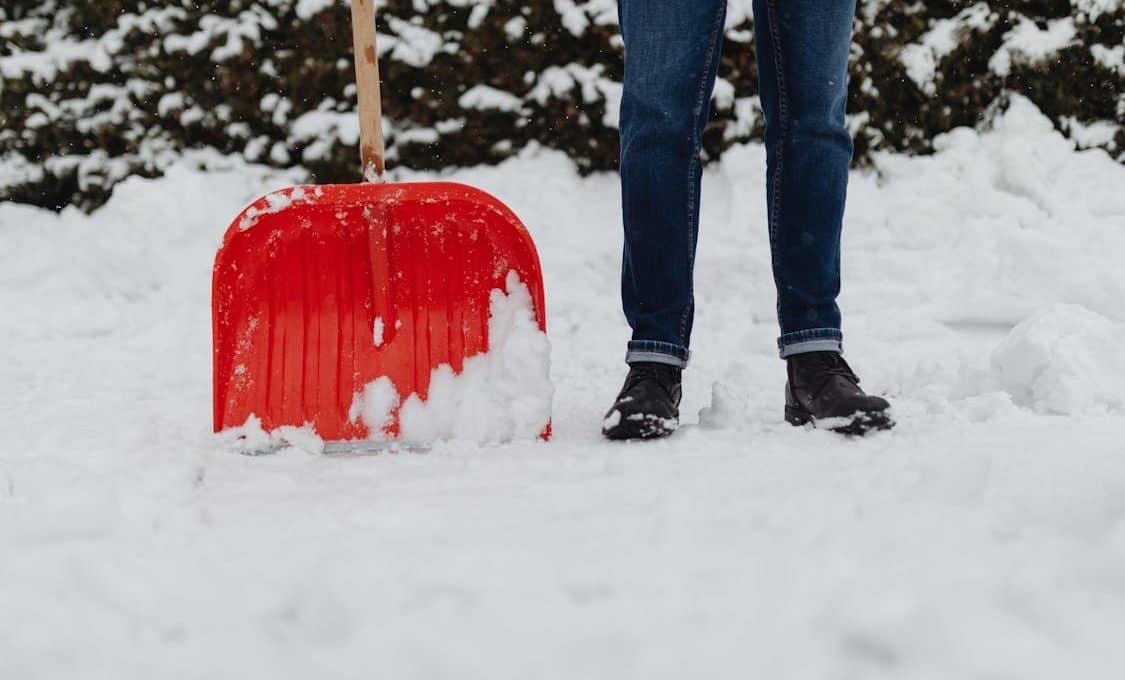The winter months bring snowmen and hot cocoa, but they also bring black ice—a slippery, dangerous foe that lurks on driveways and walkways. While salt and other chemical deicers can be effective, they are corrosive and may damage concrete surfaces.
For a natural, environmentally friendly solution, spread sand or kitty litter to increase traction and prevent slips. You can also lay down heated mats, which are a cost-effective option that requires minimal maintenance. For a hassle-free winter, visit Snow Removal London’s website to explore professional services that keep your driveways and walkways clear and safe.
1. Clear Your Driveway
With winter approaching, it’s time to start thinking about snow and ice management. Whether you plan on shoveling or using a snow blower, clearing your driveway will help prevent ice from forming. It will also make it easier to treat with kitty litter, salt or other deicers.
If you want to avoid a big investment in snow removal equipment, consider installing a heated driveway system. These systems use electric heating elements to melt snow and ice, so they’re more reliable than other methods. However, they’re expensive to install and require annual maintenance, so they’re not ideal for all properties.
One of the most effective ways to prevent ice is to pre-treat your driveway and walkways with a liquid anti-icer before a snowstorm hits. These products reduce the freezing point of water, which makes it harder for ice to form. Spread a thin layer of the product before snowfall, and be sure to follow the instructions on the label.
Rock salt is another common deicing product, but it can cause damage to concrete and pavement. It pits the surface and can corrode metals, so it’s best used only in extreme cases. If you choose to use it, be sure to keep it away from plants and pets.
Other natural ways to add traction include spreading sand or kitty litter, which can provide immediate traction without harming the surface underneath. Be sure to use biodegradable kitty litter so it won’t introduce toxins to your garden or pets. You can also use gravel, wood shavings, shredded paper, or sawdust as non-slip additives that won’t harm the concrete. These materials also wash away more easily as the snow melts or during a rainstorm.
2. Remove Debris from Drainage Systems
If the drains for your driveway, sidewalks and patio are clogged with debris or if they’re blocked entirely, snow and ice can build up. This is a huge safety hazard for pedestrians and drivers and can cause serious damage to your concrete. Performing regular catch basin cleaning is a good way to keep your drainage system in working order and prevent icy conditions.
Many people use sodium chloride (rock salt) and potassium chloride to melt ice and snow and improve traction on slippery surfaces. However, salt is corrosive to paving stones and concrete and can damage them over time. If you must use a de-icer, choose one that’s less damaging to concrete like magnesium chloride or calcium chloride pellets.
Alternatively, you can spread sand on icy or snowy areas to provide traction and avoid damaging your concrete. Some people even mix sand with salt to help with traction and prevent ice formation.
Another option is to use liquid anti-icers. These can be applied before a storm to prevent ice from forming and make it easier to remove when necessary. They also provide a more environmentally friendly solution than chemical de-icers.
You can also use heated grids or mats on your driveway, walkways and patio to bring up the surface temperature and melt snow and ice. This method is more expensive than using a de-icer but is much safer and eco-friendly in the long run.
The most effective way to prevent ice on your driveway is to remove snow promptly. You can also pre-treat your driveway or walkways with a non-toxic de-icing product such as PlaySAFE Ice Blocker before a winter storm hits to reduce the risk of ice forming.
3. Clear Snow Promptly

If you start clearing snow promptly while it’s still soft, you can prevent ice from forming. Clearing multiple times during a storm, rather than waiting until the snow is firmly bonded to surfaces, also helps. This is a far easier task and also makes it less likely that the ice will bond to your driveway or walkways, which can make them much harder to remove later.
Salt or commercial ice melt products can help keep your sidewalks and driveways free of ice. These chemicals lower the freezing point of water to melt ice and provide traction. However, they can also damage concrete, especially if they get into the soil and harm plants. Non-chemical alternatives that create traction and stop ice from bonding to your driveway are available, but they might cost more and need to be applied more frequently.
Other methods to prevent ice from forming include using a broom to sweep off the pavement and applying sand or other materials for traction. These can also help prevent cracking or damaging your driveway or walkways, as long as you use biodegradable sand that won’t harm pets or plants in the area.
Before a winter storm hits, you can apply liquid magnesium chloride blends to hard surfaces to pre-treat them. These can be spread with a sprayer and are effective in temperatures above 15°F. They can be reapplied more frequently than other de-icing options and are safer for your pets, plants, and concrete. You can also add a layer of gravel or wood chips to your driveway to create traction without affecting your driveway surface. You can even sprinkle unused cat litter on the ground to add traction without damaging your driveway.
4. Install a Heated Driveway
A heated driveway eliminates the need for shoveling snow and makes it possible to drive on a frozen surface without risking slipping and falling. It also prevents the damage to your asphalt or concrete that can occur from repeatedly scraping and plowing snow. And it helps to prevent the formation of black ice, which is harder to see and more dangerous to navigate than ordinary ice.
One way to help prevent ice is to apply a commercial de-icer such as salt or ice melt before snow falls. These products lower the freezing point of water, which helps to prevent ice from bonding with surfaces. But keep in mind that salt changes the chemistry of water and can cause damage to paving stones and concrete. It can also seep into soil and harm or kill grass and other plants.
Another method is to properly drain your driveway and walkways. Ice often forms where water pools and freezes, so make sure you have proper drainage to avoid these problems. This can be achieved by ensuring that the ground is well graded and installing a drainage system such as a channel or French drain.
A heated driveway can be more expensive than other ice prevention methods, but it can save you time and money in the long run. It also improves safety and can reduce the risk of injury to family members, neighbors, or guests. And it can increase the resale value of your home. And finally, it can prevent the need for hiring someone to shovel or plow your driveway, which can be costly over the long term. Talk to a professional about the cost and installation process of a heated driveway.
5. Hire a Professional
Ice build-up is more than just an inconvenience; it can be a serious safety hazard for anyone who steps on it. Additionally, it can damage the surface of your driveway and cause cracks that may require expensive repairs. With proper preventative measures and de-icing products, you can avoid these problems this winter.
The best way to prevent ice is to apply an effective ice melt to the pavement before snow or freezing rain arrives. You can purchase bags of rock salt at most hardware stores. If you don’t want to deal with the hassle of spreading it, consider investing in a fertilizer spreader that will distribute it evenly across your driveway. Be sure to check the label on your ice melt for corrosive ingredients that can damage concrete and harm plants or pets. Look for non-toxic alternatives like Safe Paw, which is gentle on pet paws and plants but powerful at keeping ice at bay.
You can also use sand to provide traction on your driveway and sidewalks. Although it doesn’t melt ice and snow, it is safer for your concrete surface than salt and can help prevent injuries by providing more grip. Some people also prefer a mix of salt and sand to lower the freezing point and melt ice and snow.
If you’re interested in preventing ice in the long-term, a heated driveway system is a great solution. Heated mats, which are plugged into an electrical source, warm up the surface of your driveway and sidewalks to keep them above freezing. While this option is more costly than other options, it can help you avoid dangerous ice formation and save on repair costs in the long run.









